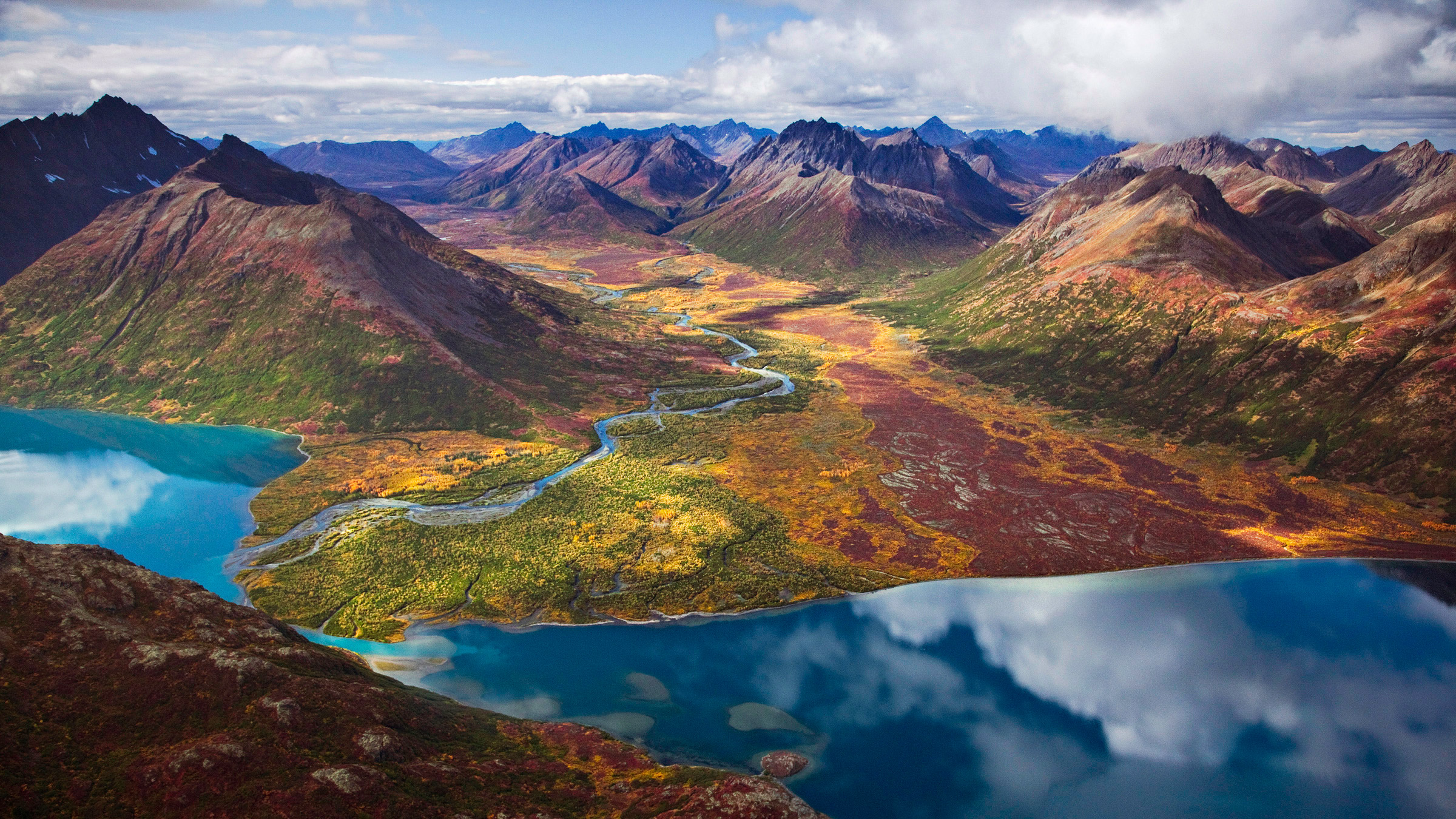Bristol Bay watershed – lifeblood of the world’s largest wild sockeye salmon run – is threatened by an open-pit mine
Alaska’s Bristol Bay can be defined by one thing: salmon. Over a half-million square miles of rivers and streams sustain the largest remaining wild salmon populations and habitat on Earth. Millions of sockeye, Chinook, chum, coho and pink salmon return from the sea to their spawning grounds in the pristine waters of Bristol Bay each year. Bristol Bay is so rich in Sockeye salmon that in 2019, 56.3 million salmon returned to the region. 2019 was the fifth consecutive year that more than 50 million sockeye salmon returned to Bristol Bay to spawn. The largest run since 1893 happened just last year, 2018, when more than 62.3 million sockeye salmon returned. Bristol Bay’s healthy headwaters continues to provide for a resilient salmon population that nourishes the regional ecosystem, economy, and subsistence communities.

These salmon nourish a wild, largely unspoiled ecosystem and support a sustainable economy worth $1.5 billion a year and more than 14,000 American jobs. Each summer, commercial fishing boats jostle for the best position to set their nets to catch fish that are shipped to countless countries, while anglers travel from around the world for a chance to catch salmon and trout at remote lodges. These salmon also sustain over 30 regional Alaska Native Tribes, who fill their freezers and smokehouses with fish for the coming year. Bristol Bay teems with wildlife. Grizzly bears prowl the streams eager to fuel their bodies on salmon. Also roams the Mulchatna Caribou Herd — one of the largest in Alaska at 120,000 animals. Moose, wolves, black bears, waterfowl, raptors and other migratory birds add to the rich diversity of Bristol Bay.
The threat: Pebble Mine

Bristol Bay is a region where humans have treaded lightly and live in balance with nature. Life in Bristol Bay may be altered forever as plans to develop a massive open-pit gold and copper mine at the headwaters of Bristol Bay are underway. Pebble Mine threatens Alaska wild salmon and the health of the entire ecosystem and community that depends on them. If developed, it will be the largest open-pit mine in North America.
To extract over 1.2 billion tons of material, they would bore a mine that would span a mile across and a quarter-mile deep. Billions of tons of mine waste would be dumped into man-made lakes, created by flooding 10 square miles of land behind earthen dams more than 600 feet high—destroying over 3,000 acres and more than 21 miles of salmon streams. To maintain the extraction operation, 35 billion gallons of water would be drawn from local streams and rivers each year. To compound the threats, a deep industrial port and transport road are planned adjacent to the McNeil River State Game Sanctuary where strong salmon runs currently support a healthy ecosystem that includes the world’s largest concentration of wild brown bears — and attracts tourists from around the world. Bristol Bay’s thriving ecosystem, famously productive fishery, and economy could be destroyed forever by Pebble Mine.
Status
On February 20, 2019 the US Army Corps of Engineers released the Draft Environmental Impact Statement (EIS) for Pebble Mine. Due to a 30-day extension announced on May 3rd, public comments on the draft EIS were accepted until July 1, 2019. During the period when the draft EIS was out for public comment, a number of public hearings were held to receive public input on the proposed mine.
The US Army Corps of Engineers is in the process of reviewing all submitted public comments on the draft EIS and preparing a final EIS. The final EIS is expected to be released in early 2020 and a decision on the project will be announced in mid 2020. As of mid-February 2020, the US Army Corps of Engineers has released a Preliminary Final Environmental Impact Statement. This document is not publicly available, but it has been shared with cooperating agencies and tribes in Bristol Bay. Many have expressed discontent with this document’s lack of consideration for the voices of Alaskans and for relevant science.
Protecting Bristol Bay
For nearly a decade, Alaska Conservation Foundation has been at the center of the fight, funding and strategically supporting a diverse coalition of tribes, commercial fisherman, sportsmen and women, local businesses and environmental groups working to prevent permitting of Pebble Mine by state and federal agencies to secure the permanent protection of Bristol Bay.
Today, Alaska Conservation Foundation is focusing on grantmaking for advocacy and legal defense to support protection efforts. We continuously direct grants to address the renewed and growing threats to the region, aiming to protect it for current and future generations.
You can help!
Donate today to Alaska Conservation Foundation, to protect Bristol Bay from Pebble Mine.
As we are outside the public meeting and comment periods awaiting the final environmental impact statement from the U.S. Army Corps of Engineers, you can help protect Bristol Bay from Pebble Mine by continuing to voice your opinion in your community. Writing letters to the editor of your local paper or even just discussing the issue with friends, family, and coworkers is a great way to raise awareness about the potential impacts of Pebble Mine.



